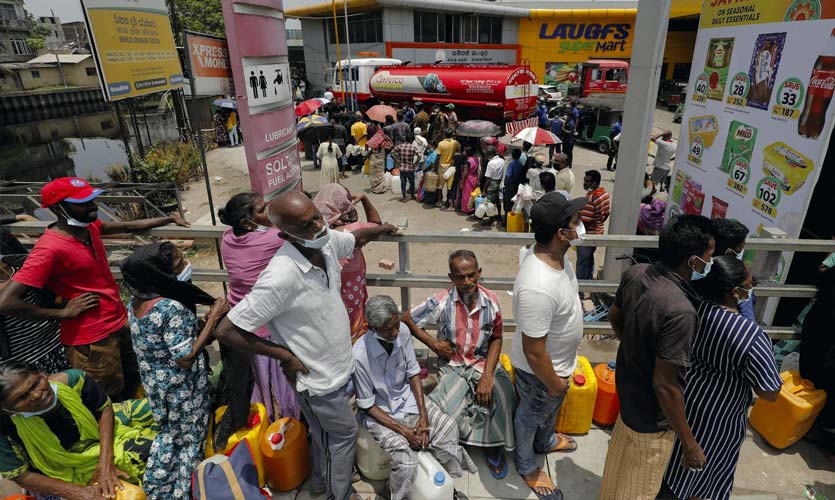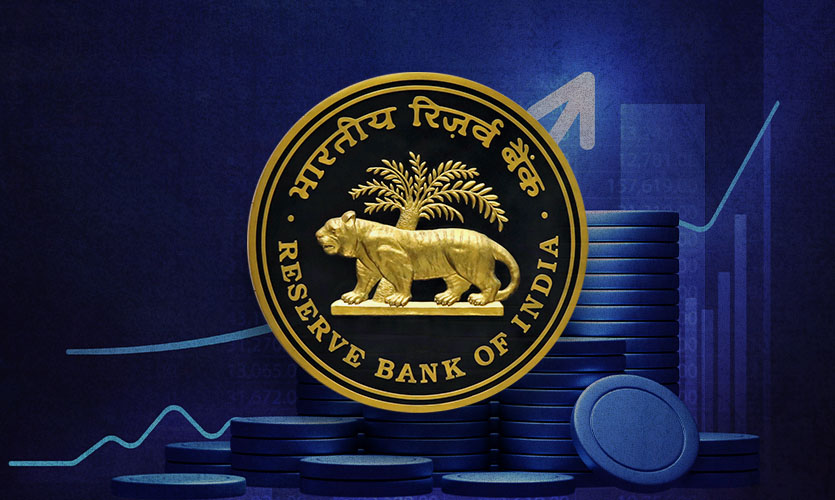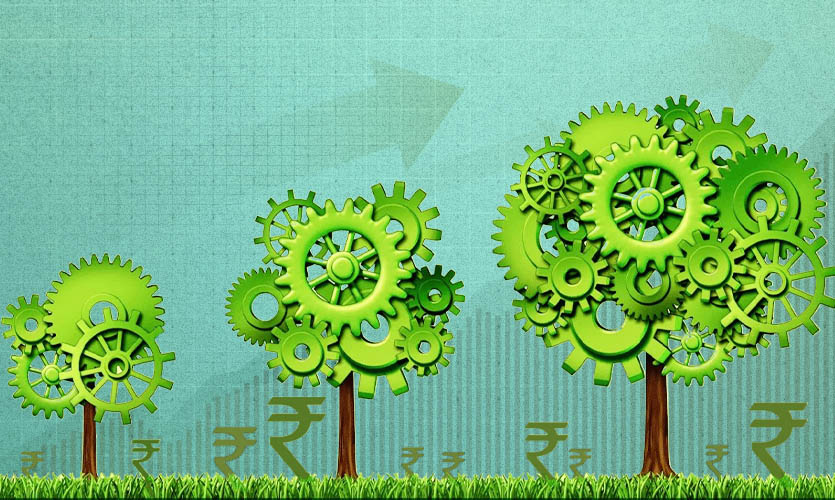Sri Lanka is currently witnessing its worst economic downturn since attaining independence in 1948. The island nation of 22 million is facing shortage of food, fuel and medicine, along with power cuts spanning for more than seven hours. The crisis has also led to the cancellation of exams due to the lack of ink and paper. India’s neighbouring country has been crippled by inflation that has led to the cost of basic goods skyrocketing.
Mismanagement by successive governments has led to huge piles of foreign debt, soaring inflation, depleting foreign currency reserves and devalued currency. The economic and political crisis has led to the eruption of multiple protests despite government imposed curfews. Earlier this week, the Sri Lankan government witnessed mass resignation of cabinet ministers. As the anger and protests continue to rise in the country, a growing number of people have demanded the resignations of President Gotabaya Rajapaksa and Prime Minister Mahinda.
Crisis In The Making
Prices of common goods such as rice and sugar have reached close to 500 Srilankan rupees (Rs 126) and 290 rupees (Rs 73) respectively, highlighting its drastic increase along with shortages. Citizens reportedly have to stand in long queues to get access to these essential commodities, with military troops deployed at state-run fuel stations to distribute resources. Inflation in the country surged to 15.1 percent in February 2022, and its debt-to-GDP ratio hit 119 percent in 2021. The ongoing crisis in Sri Lanka is a direct result of its borrowing spree from foreign lenders, which only got worse with two natural disasters. This was followed by the government’s blanket ban on chemical fertilisers in 2021 that crippled farmers’ harvests, which contributed 8 percent of the GDP. The abrupt dismissal of the prime minister in 2018, the death of hundreds of people at churches and luxury hotels in the 2019 Easter bombings, and the ongoing COVID pandemic, all point to a crisis in the making. “Sri Lanka is a classic twin deficits economy,” comments a 2019 Asian Development Bank working paper. It explains, “Twin deficits signal that a country’s national expenditure exceeds its national income, and that its production of tradable goods and services is inadequate.” Further, in the midst of the massive deficit, President Rajapaksa drastically reduced taxes in a desperate attempt to stimulate the economy. The move instead hit government revenue that led to Sri Lanka’s value being downgraded to default levels by rating agencies, which eventually led to the country losing access to overseas markets. The nation’s debt management programme that depends on overseas markets derailed, and foreign exchange reserves crashed by almost 70 percent in two years.
The import-dependent country has close to $2 billion in reserves, which has left the country unable to import basic commodities. The president has admitted that the country has a trade deficit of $10 billion, and is the reason behind the dip in its forex reserves. The country also has foreign debt commitments amounting to $7 billion, and $1 billion worth of sovereign bonds to be repaid by July 2022. The pandemic along with the Easter bombings led to a fall in tourism revenue, which is crucial to the island nation’s economy. Tourism revenue fell from $7.5 billion in 2018 to $2.8 billion in 2021. The tourism industry contributes nearly 10 percent of the country’s GDP.
Additionally, the ongoing Russian invasion of Ukraine has caused oil prices to soar since February 2022, contributing to the fuel shortage, electricity blackout and long queues at gas stations in Sri Lanka. It has pushed the government to chalk up a plan to approach the International Monetary Fund (IMF) in April 2022. In order to qualify for a loan from the IMF and to encourage remittances, the government decided to float the Sri Lankan rupee in March 2022. This means that price was determined based on the demand and supply of foreign exchange markets. However, the rupee’s dramatic plunge against the US dollar made things worse for ordinary Sri Lankans.
Reports From The Ground
On the ground, the crisis has further led to closure of shops due to power cuts, which means that fridges, air conditioners and fans do not work. According to ground reports by various publications, people have died waiting for necessities in long queues. Further, some reports say that auto rickshaw and taxi drivers are finding the fuel rations provided too meagre to make a living. Poorer families have to juggle work to feed their families as well as queue for supplies.
Members from the middle class have been burning through their savings with a constant fear of running out of essentials like medicine or gas. The central bank’s printing of Sri Lankan rupees and hoarding dollars sent inflation to 17.5 percent in February 2022. Sri Lanka has established a barter arrangement, paying for Iranian oil with tea leaves, while also begging for credit lines to buy diesel fuel and milk powder. The government has been rationing power for months, with areas of the capital city of Colombo going dark for over 10 hours. “We’ve really hit rock bottom,” said Paikiasothy Saravanamuttu, the founder and executive director of the Colombo-based Centre for Policy Alternatives.
State Of Emergency
President Gotabaya Rajapaksa declared a nationwide public emergency late on April 1, 2022 due to the rising number of protests across the nation. Clashes between hundreds of protesters and the police were reported in Colombo. The now revoked emergency orders gave the president the authority to act in the interest of public security, the protection of public order, the maintenance of supplies and essential services including suspending any laws, authorising detentions, and seizing property. The looming threat of starvation has led to anti-government protests, fights erupting at various distribution points, and houses and office premises of ruling party lawmakers being vandalised by protesters, leading to the imposition of a nation-wide curfew. Protesters set fire to police and army vehicles, and in response, tear gas and water cannons were deployed to disperse crowds near President Rajapaksa’s residence. The spokesperson for the UN High Commissioner for Human Rights, Liz Throssell, on April 5 2022, expressed concern over the Sri Lankan government’s imposition of curfews, social media blackout, and police action on protesters. She said that this could discourage people from expressing their grievances, and that these measures “should not be used to stifle dissent or hinder peaceful protest”. She said the UN was watching “closely”, and warned against “the drift to militarization and the weakening of institutional checks and balances in Sri Lanka”.
The emergency orders were revoked by the President late on April 5, after 40 governing coalition lawmakers walked out of the alliance, leaving his government in the minority. Local media have reported that an alliance of 11 parties has urged President Rajapaksa to dissolve the cabinet and form a government including all parties, to deal with the crisis.
Read more: Sitharaman Defends Fuel Hike, Assures Predictable Economic Recovery In Parliament
After 26 cabinet ministers’ resignation on April 3, 2022, the President released a statement, urging all parties to “work together for the sake of all the citizens and future generations”.
“The current crisis is a result of several economic factors and global developments,” the statement read. “As one of the leading democratic countries in Asia, solutions should be found to this within a democratic framework,” it further stated. Last month, the president had addressed the nation saying that he was attempting to resolve the issue, and that “this crisis was not created by me”.
On April 1, Prime Minister Mahinda Rajapaksa, the president’s elder brother and a former president himself, reportedly said that it was wrong to blame the current economic crisis on government mismanagement as COVID-19 was one of the causes.
Parliament Speaker Mahinda Yapa Abeywardana warned that this was “just the beginning”. He further told the legislature, “The food, gas and electricity shortages will get worse. There will be very acute food shortages and starvation.”
“Seeking help from the IMF is the most feasible way to get out of the crisis,” said Ankur Shukla, a Mumbai-based economist with Bloomberg Economics. He added, “The Russia-Ukraine war has worsened the already weak external balances situation, increasing the gap between external financial requirements and financing sources available.”
Along with enlisting the IMF’s help, Sri Lanka has requested the help of India and China, with India issuing a credit line of $1 billion in March. However, some experts have warned that such assistance might prolong the crisis rather than solve it.










